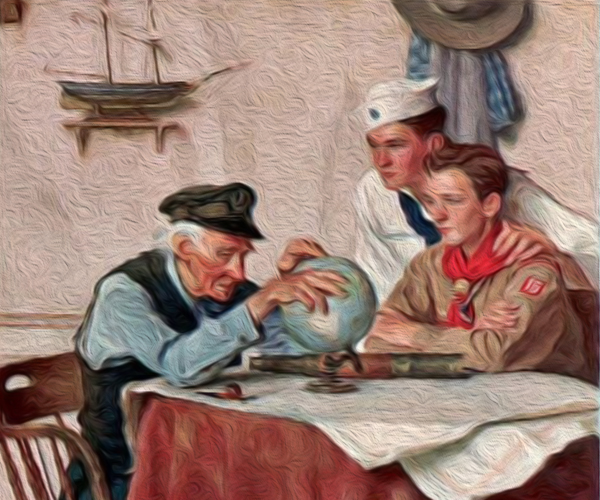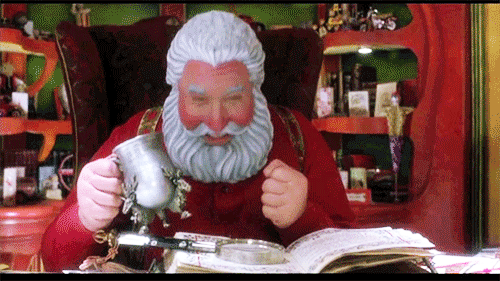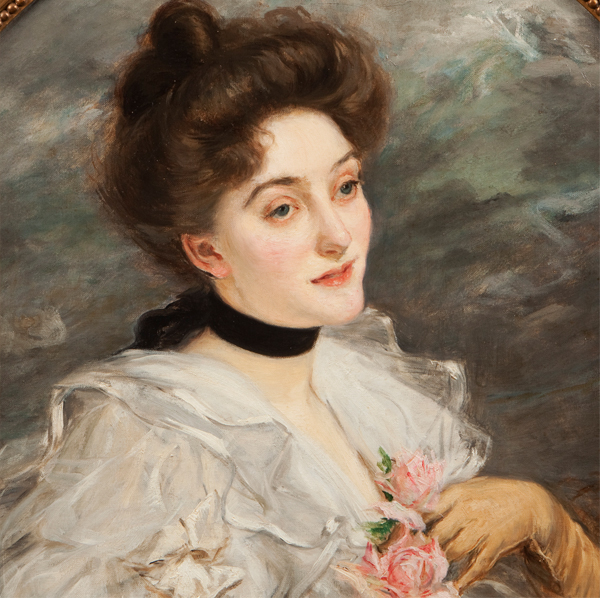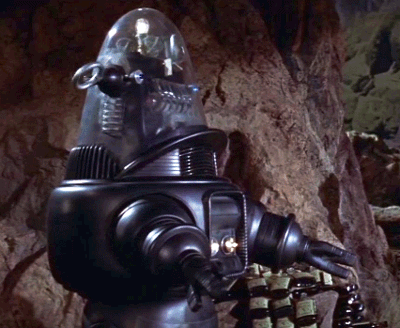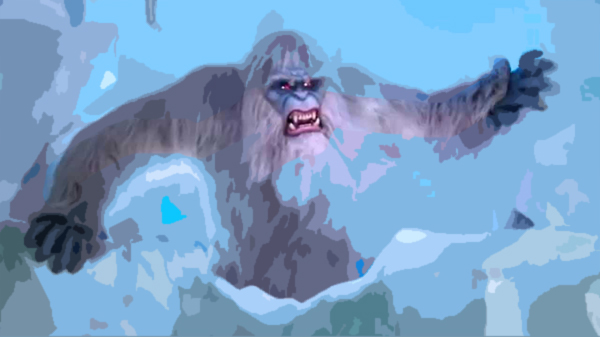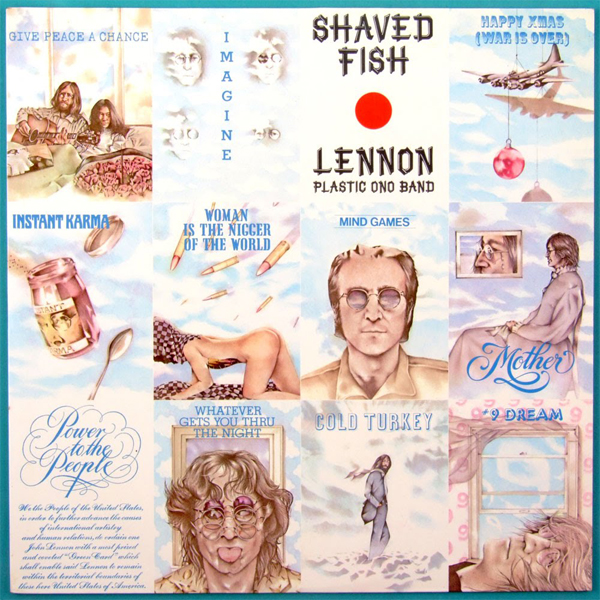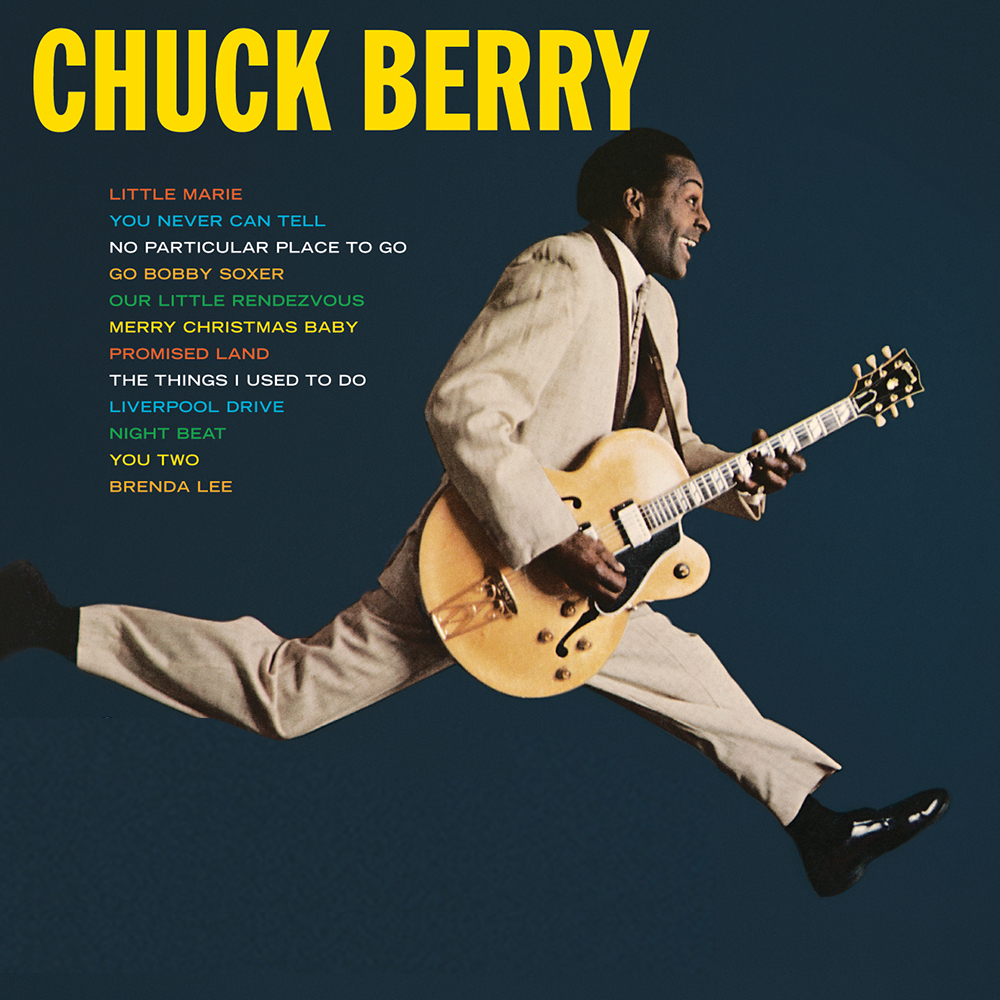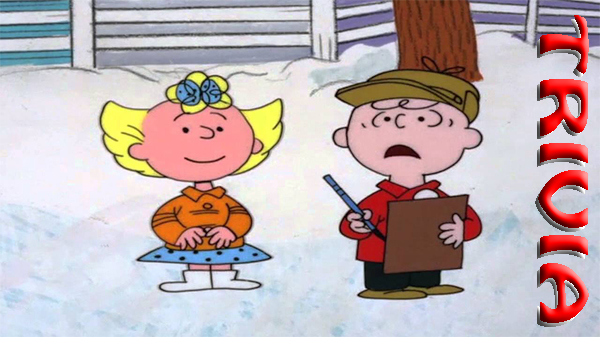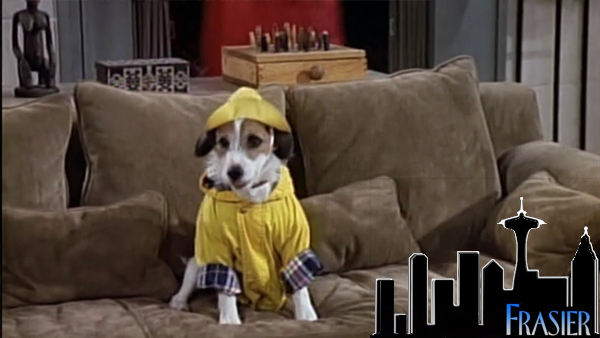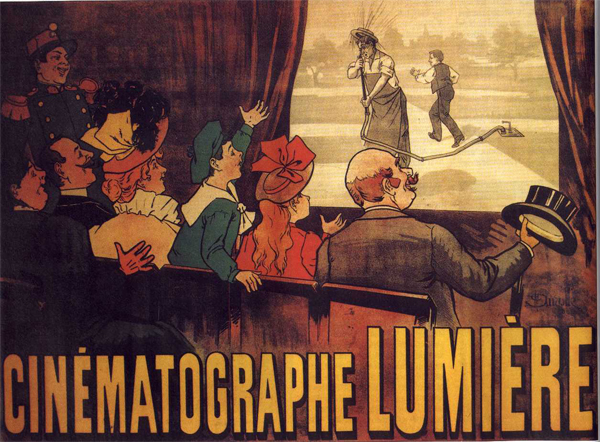
First commercial movie screened on December 28, 1895
First commercial movie screened: On this day in 1895, the world’s first commercial movie screening takes place at the Grand Cafe in Paris. The film was made by Louis and Auguste Lumiere, two French brothers who developed a camera-projector called the Cinematographe. The Lumiere brothers unveiled their invention to the public in March 1895 with a brief film showing workers leaving the Lumiere factory. On December 28, the entrepreneurial siblings screened a series of short scenes from everyday French life and charged admission for the first time.
Movie technology has its roots in the early 1830s, when Joseph Plateau of Belgium and Simon Stampfer of Austria simultaneously developed a device called the phenakistoscope, which incorporated a spinning disc with slots through which a series of drawings could be viewed, creating the effect of a single moving image. The phenakistoscope, considered the precursor of modern motion pictures, was followed by decades of advances and in 1890, Thomas Edison and his assistant William Dickson developed the first motion-picture camera, called the Kinetograph. The next year, 1891, Edison invented the Kinetoscope, a machine with a peephole viewer that allowed one person to watch a strip of film as it moved past a light.
In 1894, Antoine Lumiere, the father of Auguste (1862-1954) and Louis (1864-1948), saw a demonstration of Edison’s Kinetoscope. The elder Lumiere was impressed, but reportedly told his sons, who ran a successful photographic plate factory in Lyon, France, that they could come up with something better. Louis Lumiere’s Cinematographe, which was patented in 1895, was a combination movie camera and projector that could display moving images on a screen for an audience. The Cinematographe was also smaller, lighter and used less film than Edison’s technology.
The Lumieres opened theaters (known as cinemas) in 1896 to show their work and sent crews of cameramen around the world to screen films and shoot new material. In America, the film industry quickly took off. In 1896, Vitascope Hall, believed to be the first theater in the U.S. devoted to showing movies, opened in New Orleans. In 1909, The New York Times published its first film review (of D.W. Griffith’s “Pippa Passes”), in 1911 the first Hollywood film studio opened and in 1914, Charlie Chaplin made his big-screen debut.
In addition to the Cinematographe, the Lumieres also developed the first practical color photography process, the Autochrome plate, which debuted in 1907.
History Channel / Wikipedia / Encyclopedia Britannica / Biography / International Photography Hall of Fame and Museum
/ First commercial movie screened (YouTube)” 
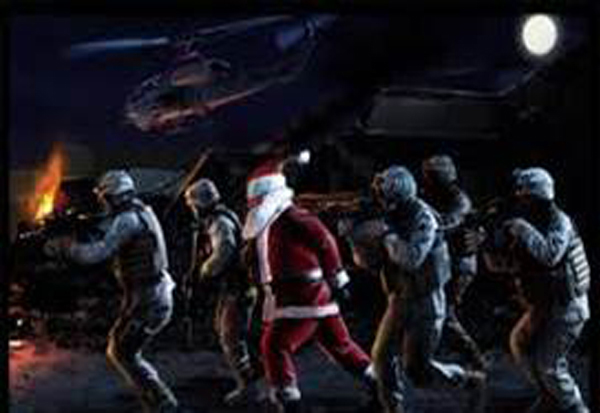
The Old Salt’s Corner
Guarding Christmas
The embers glowed softly, and in their dim light,
I gazed round the room and I cherished the sight.
My wife was asleep, her head on my chest,
Completed the magic that was Christmas Eve.
Outside the snow fell, a blanket of white,
Transforming the yard to a winter delight.
The sparkling lights in the tree, I believe,
Completed the magic that was Christmas Eve.
My eyelids were heavy, my breathing was deep,
Secure and surrounded by love I would sleep
in perfect contentment, or so it would seem.
So I slumbered, perhaps I started to dream.
The sound wasn't loud, and it wasn't too near,
But I opened my eye when it tickled my ear.
Perhaps just a cough, I didn't quite know,
Then the sure sound of footsteps outside in the snow.
My soul gave a tremble, I struggled to hear,
and I crept to the door just to see who was near.
Standing out in the cold and the dark of the night,
A lone figure stood, his face weary and tight.
A sailor, I puzzled, some twenty years old.
Yet he stood there, huddled here in the cold.
Alone in the dark, he looked up and smiled,
Standing watch over me, and my wife and my child.
“What are you doing?” I asked without fear.
“Come in this moment, it's freezing out here!
Hurry and brush the snow from your sleeve,
You should be at home on a cold Christmas Eve!”
For barely a moment I saw his eyes shift,
away from the cold and snow blown in a drift,
to the window that danced with a warm fire's light,
then he sighed and he said “It’s really all right.”
I'm out here by choice. I'm here every night.
Our freedom comes first 'til the dawn's early light.
It’s my duty to stand at the front of the lines,
that separates you from the darkest of times.
No one had to ask or beg or implore me,
I'm proud to stand here like my fathers before me.
My Gramps died at 'Pearl on a day in December,
then he sighed, “That's a Christmas 'Gram always remembers.”
“My dad stood his watch in the jungles of 'Nam
And, now it is my turn and so, here I am.
I've not seen my own son in more than a while,
But my wife sends me pictures, he's sure got her smile.”
Then he bent and he carefully pulled from his bag,
The red white and blue... an American flag.
“I can live through the cold and the being alone,
Away from my family, my house and my home,
I can stand at my watch through the rain and the sleet,
I can sleep in a small rack with little to eat,
I can carry the weight of killing another,
or lay down my life with my sisters and brothers
who stand at the front against any and all,
to insure for all time that this flag will not fall.”
“So go back inside”, he said, “harbor no fright
Your family is waiting and I'll be all right.”
“But isn't there something I can do, at the least,
Give you money,” I asked, “or prepare you a feast?.
It seems all too little for all that you've done,
For being away from your wife and your son.”
Then his eye welled a tear that held no regret,
“Just tell us you love us, and never forget
To stand your own watch, no matter how long.
Have faith in our country, be bold, and be strong.
For when we come home, either standing or dead,
to know you remember we fought and we bled,
is payment enough, and with that we will trust.
That we mattered to you as you mattered to us.”



